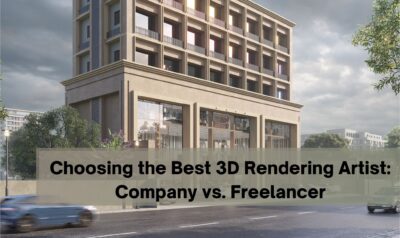Introduction
In the heart of sprawling urban jungles, where concrete often overshadows greenery, the longing for nature is palpable. The concept of biophilic architecture has emerged as a revolutionary answer to this growing disconnection. By seamlessly integrating natural elements into building designs, this architectural movement seeks to harmonize urban living with the natural world, fostering physical, mental, and emotional well-being.
What is Biophilic Architecture?
Biophilic architecture transcends mere aesthetics, delving into the fundamental human need to connect with nature. It intertwines the living and built environments, creating spaces that feel alive, nurturing, and sustainable.
The Philosophy Behind Biophilia
The term “biophilia“ refers to humanity’s intrinsic affinity for life and natural systems. It was popularized by biologist E.O. Wilson, who argued that our well-being is deeply rooted in our connection to the natural world. Biophilic architecture leverages this innate connection to create environments that inspire and rejuvenate.
Key Components of Biophilic Architecture Design
- Visual Connection to Nature: Large windows, skylights, and open spaces that frame outdoor views.
- Environmental Features: Natural landscapes, water bodies, and gardens brought indoors.
- Dynamic Lighting: Mimicking natural light cycles to enhance mood and energy.
- Sustainable Materials: Utilizing eco-friendly, locally sourced, and organic materials.
Why Biophilic Architecture Matters
As the world grapples with the challenges of urbanization and climate change, the importance of biophilic architecture has never been more evident.
Enhancing Human Health and Well-Being
Biophilic spaces have been scientifically proven to reduce stress, lower blood pressure, and improve cognitive functions. In schools, such designs boost students’ focus and creativity. In offices, they enhance productivity and reduce absenteeism.
Fostering Environmental Stewardship
- Reducing energy consumption through natural cooling and lighting.
- Supporting urban biodiversity by creating habitats for plants and wildlife.
- Mitigating the urban heat island effect through green roofs and walls.
The Growth of Biophilic Architecture in Urban Landscapes
The adoption of biophilic design is evident in iconic projects worldwide. These spaces not only redefine aesthetics but also address pressing urban issues like air pollution, noise, and heat.
Iconic Examples of Biophilic Architecture
- The Eden Project, UK: A series of massive geodesic domes housing diverse ecosystems, promoting environmental education.
- Changi Airport, Singapore: Featuring a sprawling indoor waterfall and lush gardens, it’s a living testament to biophilic principles.
- Marina One, Singapore: An urban complex where greenery spans vertically, creating a micro-ecosystem.
Expanding Applications
Biophilic architecture is not limited to high-profile projects. It’s increasingly embraced in everyday spaces:
- Residential: Incorporating indoor plants, natural ventilation, and earthy materials.
- Healthcare: Designing hospitals with healing gardens and natural light to aid patient recovery.
- Commercial: Malls and offices with vertical gardens and calming water features to elevate user experience.
Designing Biophilic Spaces: Practical Approaches
Residential Spaces
- Indoor Greenery: Create vertical gardens or use indoor plants to purify air and enhance aesthetics.
- Natural Light: Use translucent blinds or reposition furniture to maximize sunlight exposure.
- Organic Furniture: Opt for furniture made of sustainable, natural materials like rattan, cork, and bamboo.
Commercial and Public Spaces
- Natural Pathways: Use organic shapes and pathways mimicking natural movement.
- Water Features: Install fountains, reflecting pools, or aquariums to create a sense of tranquility.
- Interactive Spaces: Design areas where people can engage directly with natural elements, such as sensory gardens or small ponds.
Challenges in Implementing Biophilic Architecture
High Initial Costs
The upfront investment for materials, construction, and maintenance can deter developers. However, long-term savings in energy and healthcare costs often outweigh these expenses.
Maintenance and Expertise
Keeping living systems healthy requires specialized knowledge and consistent upkeep, which can be challenging in urban areas with limited resources.
Cultural and Design Constraints
Balancing biophilic elements with cultural aesthetics and functional design needs remains a complex task for architects and planners.
Conclusion
Biophilic architecture offers a transformative approach to how we design, live, and interact with spaces. It emphasizes that architecture is not merely about shelter; it’s about creating environments that nurture life in all its forms. As we embrace this nature-infused philosophy, we pave the way for a sustainable and harmonious coexistence between humanity and the natural world.





